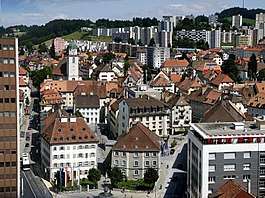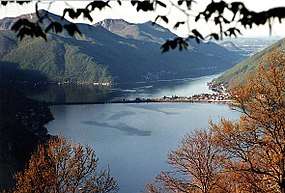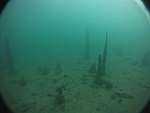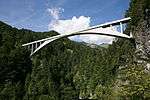List of World Heritage Sites in Switzerland
 Saint John Old City of Berne Ägelmoos Riesi Dorfstation Lobsigensee Les Grèves Port Bourg Les Graviers Kehrsiten Weier I - III Burgäschisee Ost Inkwilersee Insel Bleiche 2-3 Insel Werd Egelsee Nussbaumersee Pointe de Montbec I La Bessime Village Stations de Concise Corcelettes Les Violes Les Roseaux Stations de Morges Chenevières de Guévaux I Baie de Clendy Le Marais Oterswil / Insel Eielen Riedmatt Sumpf Location of World Heritage Sites within Switzerland. The green dots indicate the pile dwellings sites, 56 in total.
As of 2019, there are twelve properties in Switzerland inscribed on the World Heritage List, nine cultural and three natural sites. The first three were added to the list in 1983 and the latest in 2019. In addition, there are two sites on the tentative list.[1]
World Heritage SitesUNESCO lists sites under ten criteria; each entry must meet at least one of the criteria. Criteria i through vi are cultural, whereas vii through x are natural.[3] * Transnational site
Tentative listIn addition to the sites inscribed on the World Heritage list, member states can maintain a list of tentative sites that they may consider for nomination. Nominations for the World Heritage list are only accepted if the site has previously been listed on the tentative list.[16] As of 2019, Switzerland had two such sites on its tentative list.[17]
References
| |||||||||||||||||||||||||||||||||||||||||||||||||||||||||||||||||||||||||||||||||||||||||||||||||









.svg.png)
